Vietnam is riding a wave of digital revolution, and payments are at the forefront. Cash hasn't gone away, but it's gradually making way for mobile wallets, QR codes, and bank-app transfers. Of all the Vietnam payment options, MoMo, ZaloPay, and VietQR are leaders, each contributing something different, and collectively creating the way in which people make day-to-day payments.
Here's the thing: as a merchant, learning about these options isn't idle curiosity. It's crucial. When you understand how these instruments operate, you can accept payments with confidence, provide customers with the method they want to pay, and reduce friction during checkout. Later in this blog I’ll also show how global payment platforms like TransFi intersect with these local networks so your company can not only serve Vietnamese clients but also reach out to the world.
Vietnam Payment Methods
Vietnam's payment environment has developed rapidly. As per Verified Market Research, in 2024, the payments industry was approximately valued at USD 21.9 billion and it is anticipated to grow to USD 42.8 billion by 2032. Since smartphone usage and internet penetration are common, mobile payments in Vietnam are no longer niche, they're actually becoming mainstream.
QR code payments in particular are increasing rapidly. According to Markets and Data, the market for QR code payments in Vietnam is anticipated to expand with a CAGR of ~14.27% from 2025 through 2032. Why? Because QR is easy, inexpensive, and functions on basic smartphones. For numerous merchants, installing a QR code is much more convenient than acquiring card machines or POS terminals.
Other than that, the government is also driving interoperability. One of their aims is to enable systems such as VietQR to function across wallets and banks, so you don't have to have ten apps just to pay at various stores.
So when we refer to Vietnam digital wallets, they are not simply apps. They are part of a larger movement towards a future of cashless payments in Vietnam. And MoMo, ZaloPay, and VietQR are among the leaders in that movement.
MoMo Vietnam
If you name one wallet people think of in Vietnam, it’ll be MoMo Vietnam. It’s often described as a “super app” because it does more than payments: transfers, bill payments, recharge, and more.
According to AgileTech, MoMo has over 40 million active users and a sizable merchant network across the country. Because of its scale, many small shops, cafés, and local services accept MoMo.
One key thing MoMo does well is combining convenience with brand trust. People feel safe using MoMo for daily things such as paying for food, topping up phones, and even small peer-to-peer transfers. That’s helped it dominate the market with a large user base.
For merchants, accepting MoMo means tapping into a large, active user base. It also means dealing with local regulations, payout timing, and integration. But given MoMo’s reach, missing it means missing lots of customers.
ZaloPay Vietnam
Then there’s ZaloPay Vietnam, a wallet linked closely with Zalo, one of Vietnam’s top messaging apps. Because many users already have Zalo, integrating payments feels natural.
ZaloPay has been aggressive about expanding. It introduced ZaloPay QR (so users of other apps or bank accounts can pay via the QR code) and quickly got it into thousands of stores. In fact, after launching ZaloPay QR, over 12,000 chain stores accepted it within six months according to VCCI.
ZaloPay also competes by offering promotions, loyalty points, and convenience, pushing users to pick it over others. Its strategy is to be flexible and integrated with everyday services so paying feels seamless.
VietQR Payments
VietQR is the national QR standard in Vietnam. Think of it as a baseline code standard that banks and wallets can use so they all speak the same language. If your app or merchant accepts VietQR, many different wallets or banking apps can pay you through it.
That’s powerful because it reduces fragmentation. Instead of each wallet having its own code, VietQR aims for interoperability which means one QR works with many wallets and banks. In rural and semi-urban areas, that’s huge, because not everyone uses the same wallet.
VietQR also ties into government drives for digital inclusion, especially outside big cities. It helps small merchants, street vendors, and remote businesses adopt digital payments more easily.
Comparison: MoMo vs ZaloPay vs VietQR in Vietnam
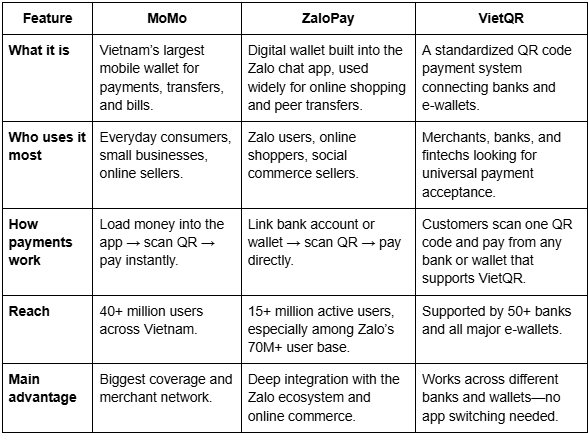
Also read about: How Stablecoins Reduce Volatility in Global Trade
Why Merchants Must Support MoMo, ZaloPay & VietQR
Here’s the thing: your customers want convenience. If they open your e-commerce checkout and the wallet of their choice isn’t listed, that’s friction. And that payment friction equals lost sales.
Supporting MoMo and ZaloPay gives you access to their extensive user bases. Supporting VietQR gives you broad compatibility across wallets. Together, they lower customer drop-off and build trust.
Other advantages: reduced costs. QR payments generally carry smaller transaction fees than card-based transactions. And by integrating cleanly, you lower reconciliation effort which translates to less manual reconciliation and discrepancy.
Plus, embracing these systems conveys trust and modernity. People see a QR code or wallet option and feel your business is up to date. In a market leaning digital, that perception matters.
Best Fintech Solutions in Vietnam
In Vietnam’s fintech ecosystem, many services help with wallets, remittance, or gateway services. But businesses that hope to scale regionally or internationally need something more.
That’s where TransFi becomes relevant. It acts as a bridge between local systems (MoMo, ZaloPay, VietQR) and the global payment world. With TransFi:
- You can accept stablecoins or global payments, then settle in local currency
- You avoid managing multiple integrations with each wallet
- Your fees and FX rates are optimized via smart routing
- You stay compliant across countries without setting up separate entities
- You get access to 80+ digital assets including stablecoins, 40+ fiat currencies, and 250+ local payment methods in 100+ countries.
So while many Vietnam fintech ecosystem players support local payments, TransFi helps navigate global expansion without reinventing your payment stack.
Conclusion
Vietnam’s payment world is vibrant. Vietnam digital wallets like MoMo and ZaloPay, as well as VietQR payments, are reshaping how people pay day to day, pushing cashless payments in Vietnam.
For merchants, embracing these three methods is vital. Doing so means happier customers, smoother checkouts, lower friction, and better reach. For businesses thinking bigger, integrating local methods with global rails is the next move.
With platforms like TransFi, you can connect your business to Vietnam’s top systems and also tap into international payments.
Want to get started? Talk to an expert at TransFi and take the next step.
FAQs
- How do MoMo, ZaloPay, and VietQR work for payments in Vietnam?
MoMo, ZaloPay, and VietQR are at the center of how Vietnamese consumers pay today. MoMo and ZaloPay are mobile wallets in Vietnam that let users top up money, scan QR codes, and pay for everyday services like food delivery, shopping, and bills. VietQR, on the other hand, is a unified QR code system that connects banks and wallets, so users can scan one code and pay from any supported app. Together, they’ve made digital payments in Vietnam simple, fast, and accessible for everyone. - What are the best e-wallets in Vietnam for businesses and users?
If you’re comparing Vietnam’s top e-wallets, MoMo and ZaloPay are the top choices. MoMo has the largest reach and user base, while ZaloPay is tightly linked to Vietnam’s most popular messaging app, making it easy for social commerce. For businesses, supporting MoMo and ZaloPay ensures coverage of nearly all digital users. With TransFi checkout, your business can accept transfers from nearly every bank or wallet in the country, ensuring every cart is converted into successful sales. - What’s the comparison between Vietnam’s top e-wallets like MoMo, ZaloPay, and VietQR?
When it comes to comparing Vietnam’s top e-wallets, MoMo leads in market share and features, ZaloPay offers seamless integration with messaging and online shopping, and VietQR focuses on interoperability between wallets and banks. In short: if you’re targeting individual consumers, support MoMo and ZaloPay. If you want a universal system that any bank app can use, VietQR is your must-have. - What is the best way to integrate mobile payment systems in Vietnam for cross-border payments?
The best way to integrate mobile payment systems in Vietnam for cross-border payments is to use a unified platform like TransFi. Instead of building separate integrations with MoMo, ZaloPay, or VietQR, TransFi connects you to all of them through a single API. It also adds stablecoin rails, so you can accept global payments in USD or crypto and automatically settle in Vietnamese dong.
5.What are the latest digital payment trends in Vietnam for 2025 and beyond?
The biggest digital payment trends in Vietnam include the explosive growth of QR payments through VietQR, rising e-wallet adoption in Vietnam through MoMo and ZaloPay, and the move toward a cashless payments Vietnam future driven by government policies.
Table of Contents
Suggested Article
Explore our products

Make global payments at the speed of a click

Accept payments, remove borders.

Unlock Seamless Digital Currency Transactions Anywhere


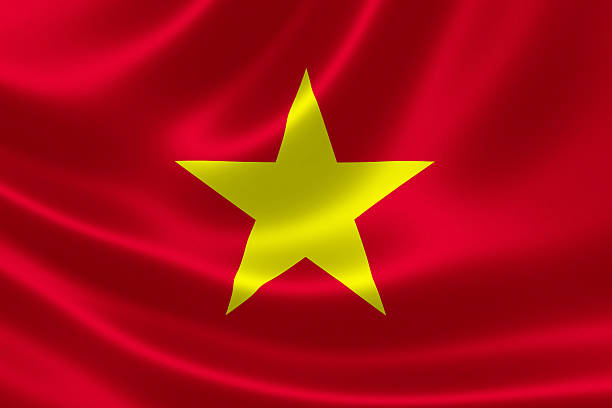


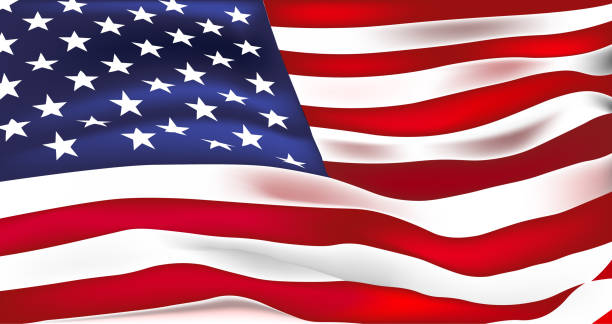
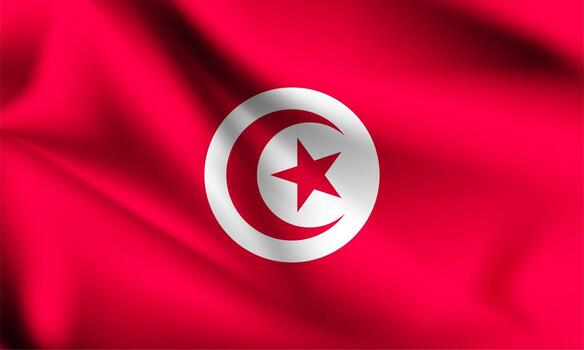
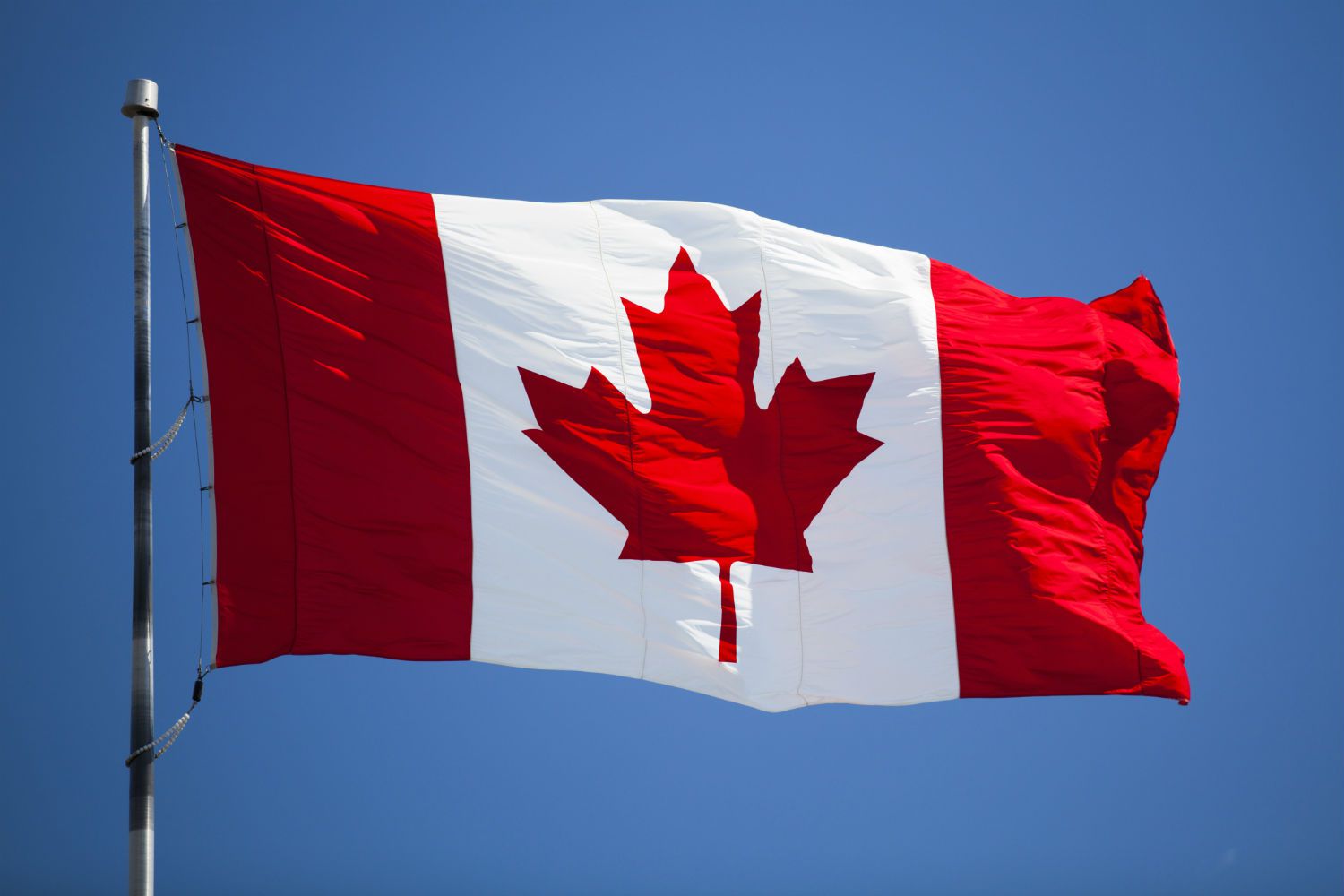
.png)














